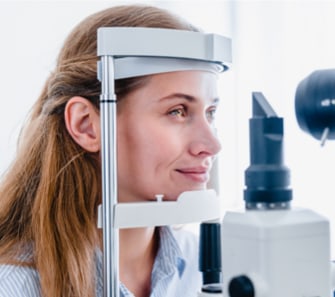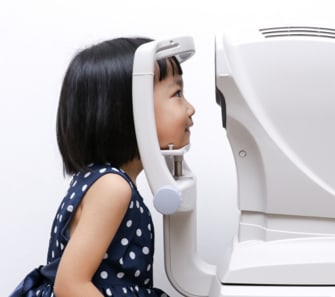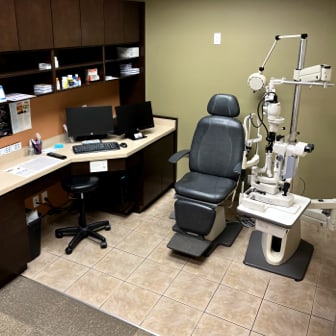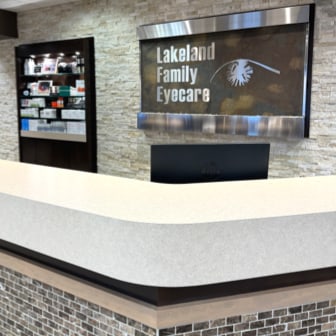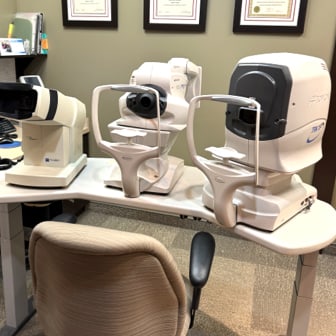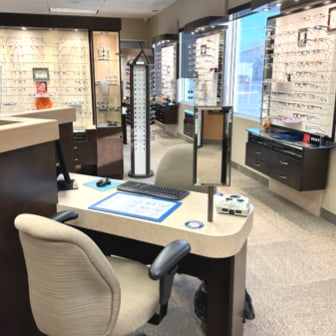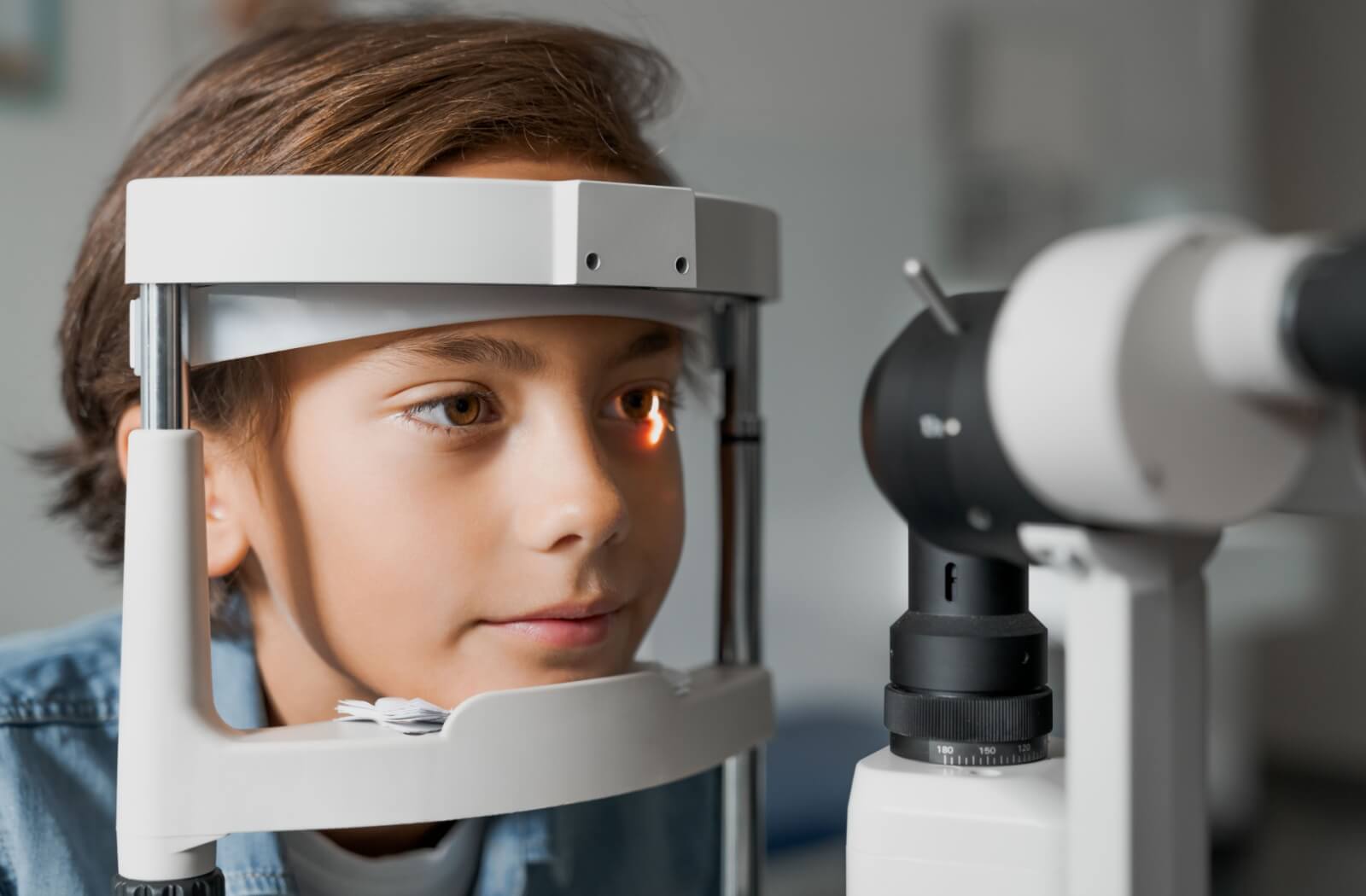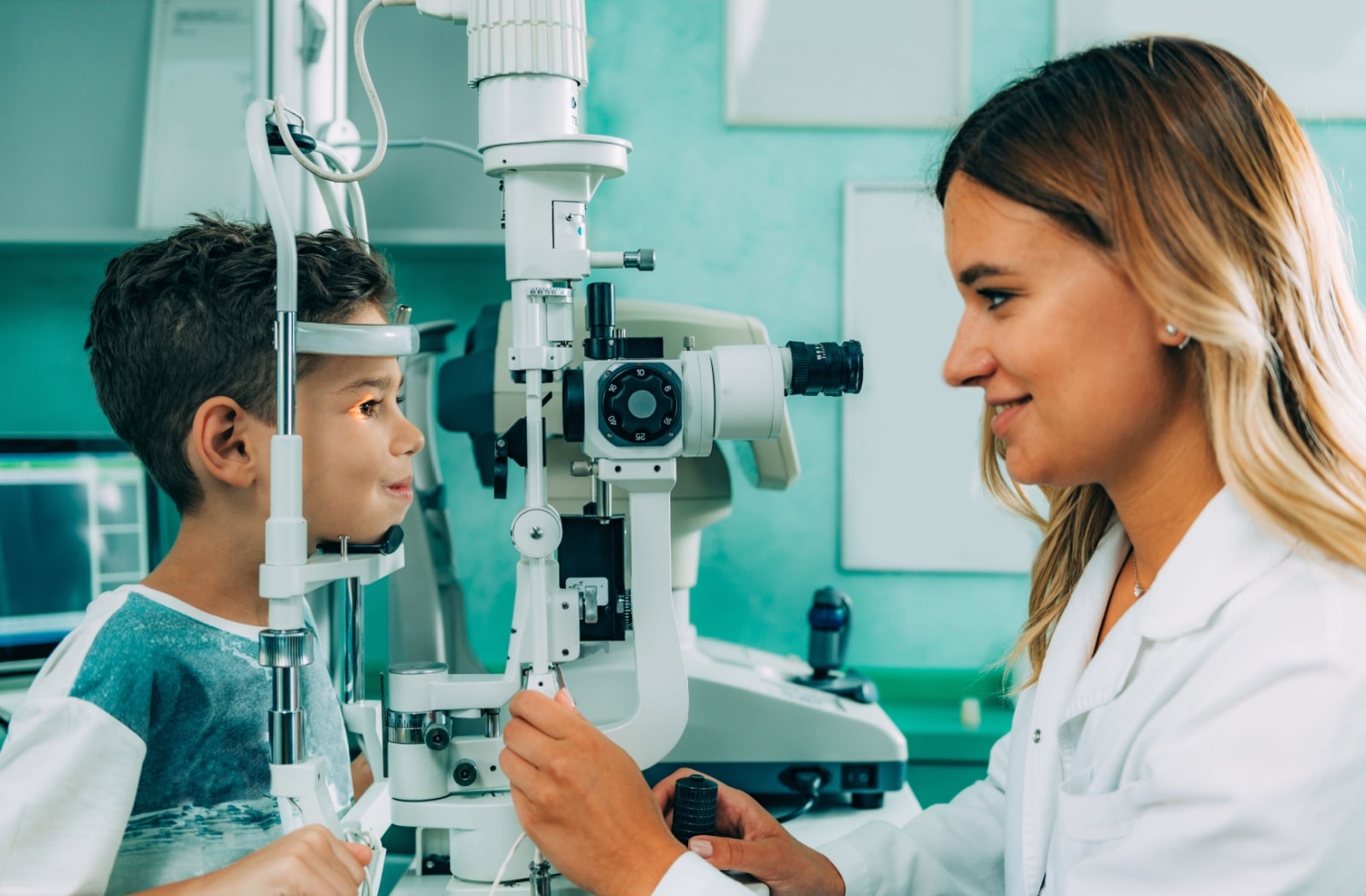Diabetic eye disease is a group of disorders that can cause partial or total loss of vision. These 3 types of eye diseases are usually associated with periods of high blood sugar levels with high blood pressure a contributing factor.
Eye Diseases Associated With Diabetes
Diabetic Retinopathy
Retinopathy means “disease of the retina”. This particular type of retinopathy is associated with diabetes. Diabetic retinopathy is the most common eye disease that diabetics are at risk for.
Diabetes disrupts your body’s ability to store and regulate the blood sugar levels. When there are excessive amounts of sugar in the blood, the small blood vessels in your eye are at risk for damage.
These damaged vessels have the potential to seep blood and other fluids into the eye. These leakages cause the retinal tissue to swell, leading to the clouding of that patient’s vision. Eventually scar tissue forms where the blood vessel was leaking. Then the patient loses vision in this area.
If left untreated, patients with diabetic retinopathy can expect to suffer from complete vision loss.
The Four Stages of Diabetic Retinopathy
- Background or Nonproliferative Diabetic Retinopathy (NPDR) (mild/moderate/severe) – This form of diabetic retinopathy is the most common and progresses in stages of severity. The small blood vessels of the retinal tissue begin to swell, balloon, and leak small droplets of blood and other fluids.
As nonproliferative diabetic retinopathy progresses through its stages, you will experience increasingly blurry vision, and sometimes a change in color perception.
- Proliferative Retinopathy (PDR) – New, fragile blood vessels begin to form and grow over top your retina, attempting to replace the damaged vessels that have now closed off.
Unfortunately, these new blood vessels are often quite weak and are likely to leak blood and other fluids into the vitreous (the eye’s interior, gel-like substance). This leakage causes cloudy vision. Retinal scarring can occur due to these newly formed blood vessels. If this happens, there is a risk of the retina being pulled on and eventually detaching, leading to a complete loss of vision.
If the detachment of the retina is caught and treated early enough, vision can often be returned to the patient. If not, the vision loss will likely be irreversible.
Symptoms of Diabetic Retinopathy
In the early stages of diabetic retinopathy, the symptoms usually go undetected. This is known as a silent disease, it progresses slowly and quietly until there is already damage to your vision. Symptoms include:
- Blurred vision
- Difficulty seeing at night
- Spots or floaters in the field of vision
- Dark or empty spot in the center of the field of vision
Common treatments include medication, vitrectomy (removal of the excess blood in the eye), and laser treatments to seall the leaking blood vessels. The type of treatment right for your diabetic retinopathy will depend on its type and rate of progression.
Cataracts
A cataract is the clouding of the natural lens in your eye. Typically, cataracts are associated with ageing and begin to present after the age of 60. This is not the case for diabetics. They are are at risk of developing cataracts much earlier in life and are likely to experience a faster progression.
Learn more about cataracts.
Glaucoma
Those with diabetes typically face a certain type of Glaucoma known as Open-Angle Glaucoma. This type of Glaucoma is the direct result of an increase in the eyes fluid pressure. As this pressure rises, the optic nerve is damaged, resulting in loss of vision. Adults with diabetes have double the risk for developing Glaucoma.
Learn more about glaucoma.
Early Detection is Key
If caught early, the risk of complete vision loss from diabetic eye disease can be reduced by almost 95%. Those without diabetes, or other conditions with an increased risk for eye disease, are usually recommended to have an eye exam performed every 1 to 2 years.
Due to the increased risk of developing eye disease, we recommend that those with diabetes have a comprehensive eye wellness exam yearly. This allows our Optometrist to monitor your eye health and catch changes you may not have been able to perceive.










